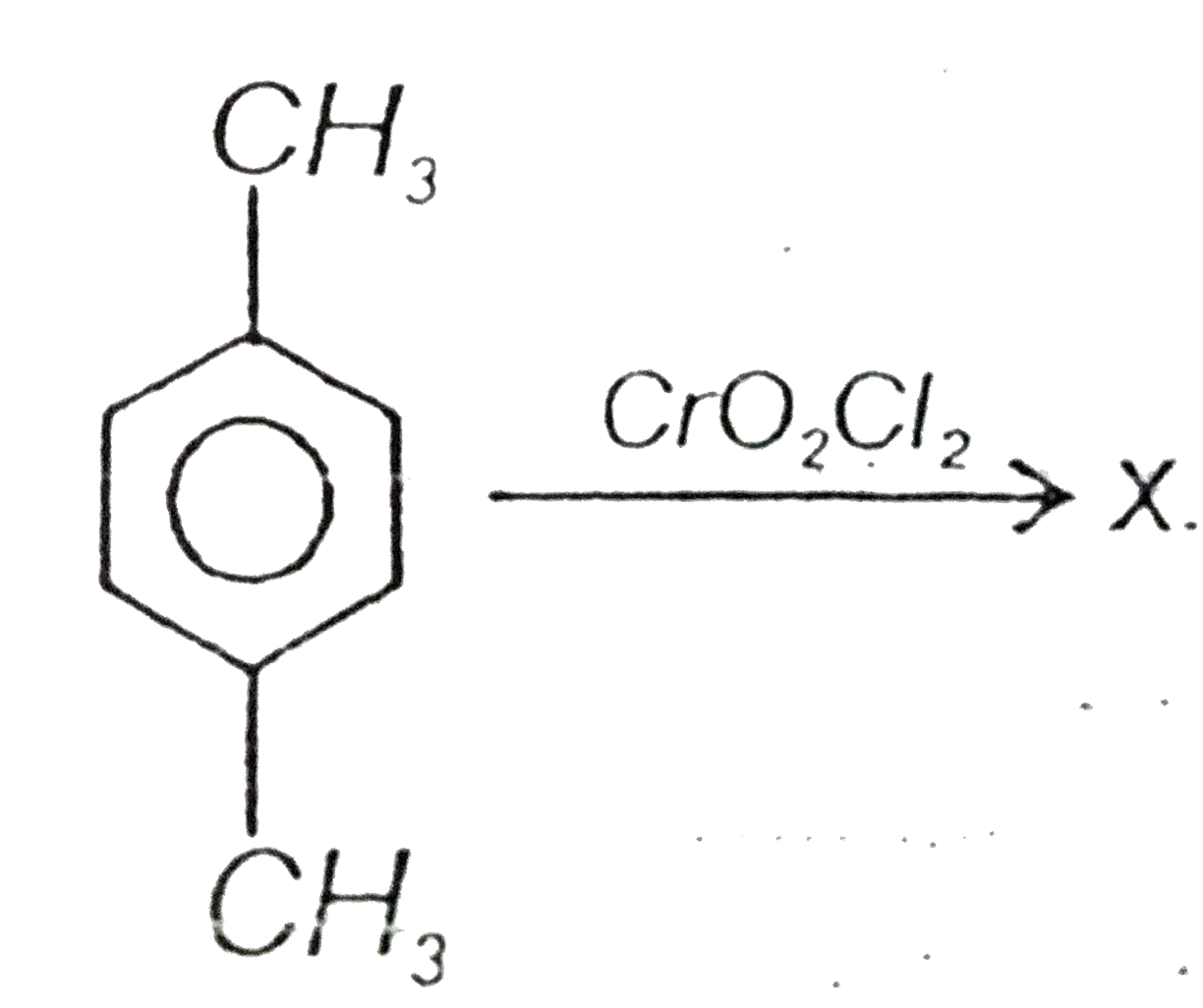Complete the following reactions :
H2(g)+MmOo(s)Δ−−→
To complete the reaction H2(g)+MmOo(s)Δ→, we need to analyze the reactants and predict the products.
1. Identify the Reactants:
- We have hydrogen gas H2 and a metal oxide MmOo, where M is a metal, m is the number of metal atoms, and O is the number of oxygen atoms.
2. Understand the Reaction:
- When hydrogen gas reacts with a metal oxide, it typically reduces the metal oxide, resulting in the formation of water and the metal.
3. Write the Products:
- The products of this reaction will be water H2O and the metal M. Therefore, the unbalanced equation can be written as:
H2+MmOo→H2O+M
4. Balance the Equation:
- To balance the equation, we need to ensure that the number of each type of atom is the same on both sides.
- The metal M appears once on the product side, so we have 1 M atom.
- The oxygen O in the metal oxide MmOo indicates there are o oxygen atoms. This means we will produce o water molecules since each water molecule contains one oxygen atom.
- Thus, we need 2o hydrogen atoms to balance the o water molecules.
- Therefore, the balanced equation becomes:
2H2+MmOo→oH2O+mM
5. Final Balanced Reaction:
- The final balanced reaction is:
2H2+MmOo→oH2O+mM
- We have hydrogen gas H2 and a metal oxide MmOo, where M is a metal, m is the number of metal atoms, and O is the number of oxygen atoms.
- When hydrogen gas reacts with a metal oxide, it typically reduces the metal oxide, resulting in the formation of water and the metal.
- The products of this reaction will be water H2O and the metal M. Therefore, the unbalanced equation can be written as:
H2+MmOo→H2O+M
- To balance the equation, we need to ensure that the number of each type of atom is the same on both sides.
- The metal M appears once on the product side, so we have 1 M atom.
- The oxygen O in the metal oxide MmOo indicates there are o oxygen atoms. This means we will produce o water molecules since each water molecule contains one oxygen atom.
- Thus, we need 2o hydrogen atoms to balance the o water molecules.
- Therefore, the balanced equation becomes:
2H2+MmOo→oH2O+mM
- The final balanced reaction is:
2H2+MmOo→oH2O+mM
Topper's Solved these Questions
- HYDROGENBOOK - ICSECHAPTER - HYDROGENEXERCISE - ASSERTION-REASON TYPE QUESTIONS
6 Videos
- HYDROCARBONS BOOK - ICSECHAPTER - HYDROCARBONS EXERCISE - NCERT TEXT-BOOK EXERCISES
46 Videos
- ORGANIC CHEMISTRY : SOME BASIC PRINCIPLES AND TECHNIQUES BOOK - ICSECHAPTER - ORGANIC CHEMISTRY : SOME BASIC PRINCIPLES AND TECHNIQUES EXERCISE - NCERT TEXT-BOOK EXERCISES (WITH HINTS AND SOLUTIONS )
72 Videos
Similar Questions
Complete the following reactions:
a.H2(g)+MmOo(s)Δ−−→
b. CO(g)+H2(g)Δ−−−−→catalyst
c. C3H8(g)+3H2O(g)Δ−−−−→catalyst
d. Zn(s)+NaOH(aq)Heat−−→
View SolutionComplete the following reactions :
Na2O(s)+H2O(l)→
View SolutionComplete the following equations :
Fe(s)+H2O(g)→
View SolutionComplete the following reactions :
CaO(s)+H2O(l)→
View SolutionComplete the following reactions,
(i) H2(g)+MnO(s)Δ−−→Mn(s)+H2O(g)
(ii) CO(g)+H2(g)Δ−−−−→Catalyst
(iii) C3H8(g)+3H2O(g)Δ−−−−→Catalyst
(iv) Zn(s)+NaOH(aq)Heat−−→
After completing the above reactions in the balanced equations the coefficient for H2(g) may be
View SolutionComplete the following reactions :
C3H8(g)+3H2O(g)Δ−−−−→catalyst
View SolutionComplete the following reactions:
PhCHO+CH3NO2ΘOH−−→Δ(A)
View SolutionComplete the following reactions :
CO(g)+H2(g)Δ−−−−→catalyst
View SolutionComplete the following reactions:
(i) CH3−CH3∣C∣Cl−CH2CH3alcKOH−−−−→ΔAO3−−−−−→Zn/H2O(B+C)
(ii) CH3ICH−CH3alcKCN−−−−→A(i)SnCl2/HCl−−−−−−−−−−−−→(ii)H2O.OH.H2O2B
(iii) HCNHCl/AlCl3−−−−−−→A(i)C6H6Δ−−−−−−−−−−→(ii)(H2O)/H−B
(iv)
View SolutionComplete the following reaction.
(i) CaCO3Δ−−→[A]+[B]gas
(ii) [A]+H2O→[C]
(iii) [C]+[B]→CaCO3+H2O
(iv) NH4Cl+[C]Δ−−→[E]gas+CaCl2+H2O
(v) E+H2O+[B]→[F]
(vi) NaCl+[F]→[G]+NH4Cl
(vii) [G]Δ−−→Na2CO3+H2O+[B]
View Solution
